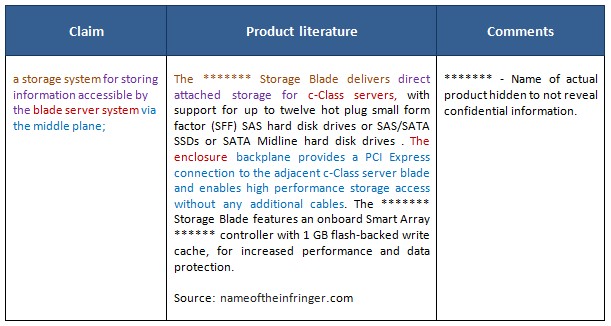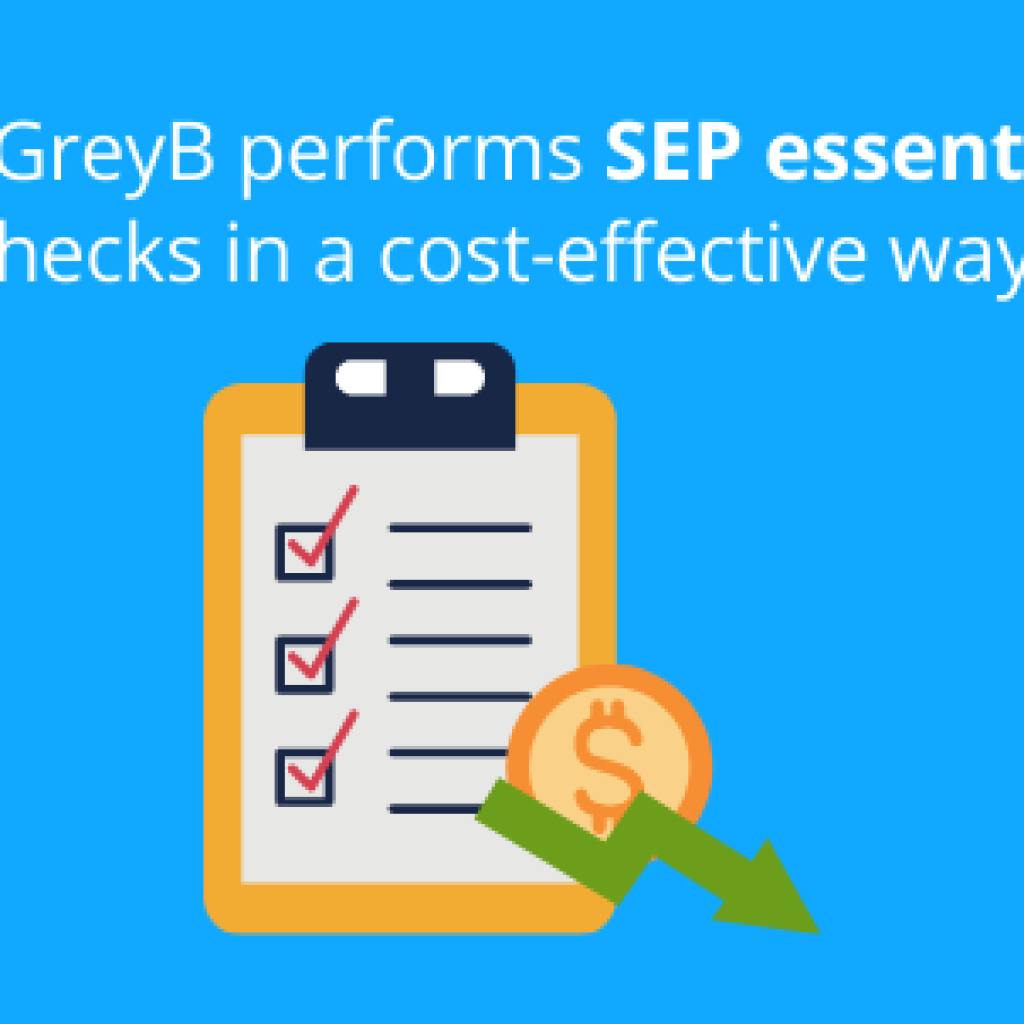Mark (Amused): How did you do it? There isn’t a single strategy that fits, I’ve been spiraling down and folding back with every other search partner.
Aadesh (Me): Feels like an endlessly branching maze, doesn’t it?
Mark, who is an IP Counsel was struggling with a patent infringement case and had faced disappointment with every other search partner he had approached before us.
It got me thinking of how joy can be particularly elusive in business, even for those who follow Willy Wonka’s guide to eternal euphoria. The real world doesn’t work that way—it offers no guarantee on contentment.
Infringement searches, for instance, do not always give a result on the go. Some might seem as good as they can get, and others? You would wish for them to get over soon.
Mark: You’ve got to tell me how you did it!
The voice brought me back from my thoughts. We had successfully found the infringement and Mark was interested in knowing what we did differently.
Me: Simple, it’s our step-by-step investigative approach!
Mark (Confused): Investigative approach?
Me: Yes.
Abraham Lincoln once said:
‘Give me six hours to chop down a tree and I will spend the first fours sharpening the axe.’
The same thing applies to patent analysis and searching.
You see everything has a pattern – Nature, symmetries, spirals, meanders, waves. People build cities and create art based on patterns. Just a few steps to follow, and voila! You’ve got a masterpiece.
Mark, there is a pattern to the way we approach our searches too. Better known as the investigative approach, it helps us see problems in the light that makes solving them easier. We peruse it for every kind of project we work on, including infringement searches.
Want to see this approach at work?
Allow me to walk you through our approach that can help you solve infringement cases.
Our Step-by-Step Approach to Patent Infringement Searches
1. Pick up the most limiting claim element and search that element on priority.
This is the first step to an infringement search. In case you are not able to identify the most limiting element in the claim, you can pick the novel element.
Why do we do this?
Well, because it saves time spent on the obvious elements which can be certainly found in the product. Once you confirm the limiting elements, it takes less time to confirm the certain ones. And in case the limiting element is not available, you can just skip that product and move on to the next one. Important point – this does not work in every case.
Mark, have you ever tackled a lengthy and complicated patent?
Here’s how this hack helped us when we were in a similar situation.
This particular patent was quite difficult to comprehend and without a solid understanding, it was pointless to begin a search. We might have ended up with results that were not even nearly related.
We all deal with those lengthy protracted claims one time or another where they are either written using ONLY a single sentence or maybe a Chinese patent (or any foreign patent) with some dull interpretations which make it incomprehensible.
So here’s what we do (and did) in those situations:
- Break the claims into clauses and further, subdivide clauses into claim elements
- Try to visualize the claim workflow by thinking of all the possibilities to implement the patent in real-world scenarios.
- Find out the enablement of the claimed elements.
You can either find the enablement from the description or File history of the patent.
Pro Tip: If the enablement is not available in the patent: use Google, but keep it related to the context of the patent. If you are pro, you can also check previous patent cases to check how those specific claim elements have been interpreted in the past.
And finally, one of the most important and also the most underrated step – “Reread the patent claim”.
Once that is done, we jump on to the next step, which is to:
2. Define the scope of claim elements
You see Mark, at times, claims have some terms which might be ambiguous.
For example, a claim element could be – “a computing device”. This is a very broad term and could mean computers, servers, smartphones, smartwatches, and even routers.
But we can always find definitions in the detailed description of the patents. So, we should check the description and file wrapper of the patent to define the scope of such claim elements. And before you ask, it is necessary to go through the file wrapper because there can be restrictions on certain interpretations of the claim elements.
Maybe this example can clear the whole picture for you.
A while ago I was working on Standard Essential Patents, and though usually I quickly grab the understanding by reading the claims, this case was different. Few of the sentences were not making sense while the others seemed to confuse me. So I went on to read the description but the terms used in claims weren’t described properly.
I know what you’re thinking Mark, “Aren’t descriptions supposed to clear all these doubts. What else could Aadesh have done?”
I had the very same thought at the moment and that’s when file wrapper smiled at me from the corner.
“You can’t ignore me for long,” it said.
So trust me when I tell you, and this comes from experience, besides description, check file wrapper of the patent to define the scope of such claim elements.
Once done, the next thing is to:
3. List down the application areas and pick the top product with a maximum market share
Once I have gone through the patent, I do not start the search immediately. Instead, I brainstorm on the possible applications of the invention so that I can help my client make the most of the patent.
For example, let’s say that a patent claims an imaging device. Now, I would not just start searching for cameras. There are multiple other product areas in which imaging devices are used, such as smartphones, drones, medical devices, vehicles, etc. Even in the category camera, there are many sub-categories like DSLRs, security cameras, sensors, etc. A patent that overlaps on any of the above categories might also overlap on the others. If we do not search there, we are limiting the potential revenue generated by the patent.
4. Identify the most relevant literature
It’s a general tendency that immediately after understanding a patent, we start building keywords and run them on Google. However, we should be more logical while searching for infringement. The mere presence of some keywords in a document might not make it relevant.
Alternatively, here are a few questions one should start with:
- Which products might be using the technology covered in the patent?
- What advantages or features they may have if they are using this technology?
- Where can I find this information? Will the product disclose about it to their users?
- Would it be easier if I test the product?
- Would the required information be available on tech reviews/YouTube?
This reminds me of a case some time ago, where I was discussing a product mapping with Ayushi. We needed to show that a text message and an audio message are stored in a single transcript (a communication thread). Further, it was also required to show that the message type (i.e. text or audio) is known to the system.
So instead of going through online literature, Ayushi identified the most relevant lead i.e. an application following the very same steps and it helped us provide an overlapping as strong as graphene.
Co-Author’s Note: Shamelessly linking here, but I recently helped Ayushi pen down her approach and the thought process behind finding the infringing product that helped our client’s monetization goals. If you’d like to read more about it, click here – Ayushi’s approach to finding infringement.
5. Using proximity operators and other search tools
As a next step, rather than relying on Google/CTRL+F (As I mentioned previously, the mere presence of some keywords might not make a document relevant), we need to find the keywords present in a required context. Specialized search tools such as DocFetcher can help us with this. DocFetcher allows searching in specific documents and the use of proximity operators, which I find quite useful.
One recent case I recall when we talk about the relevance of proximity operators is when Justin, a colleague of mine was working on his very first project which was related to LTE. Sid needed to find information that an LTE has an Internet-Protocol (IP) based architecture. So, he searched the following string on Google: LTE NEAR (“Internet protocol” OR IP) (as we usually search in Google-Patents).
But he didn’t get the required results. Disappointed, he was discussing this situation with Chris (another colleague) and Chris suggested him to try “AROUND” instead of “NEAR”.
This tip worked wonders and it helped Sid find accurate results.
In addition to AROUND, there are few more interesting –and helpful – google search operators, which I have listed down below.
- “related”- To find sites related to a given domain.
Example: related: apple.com
<https://www.google.com/search?client=firefox-b-d&q=related%3Aapple.com>
It can help you find competitor companies in a specific domain.
- “#..#”- To search for a range of numbers.
In the example below, searches related to “WWDC videos” are returned for the years 2010–2014, but not for 2015 and beyond.
Example: wwdc video 2010..2014
<https://www.google.com/search?client=firefox-b-d&q=wwdc+video+2010..2014>
It can help you find data within a specific period.
- “filetype”- To restrict results to those of a certain file type (such as PDF, DOCX, TXT, PPT, etc.). The “ext:” operator can also be used for this case.
Example: apple filetype: pdf
<https://www.google.com/search?client=firefox-b-d&q=apple+filetype%3Apdf>/apple ext:pdf
<https://www.google.com/search?client=firefox-b-d&q=apple+ext%3Apdf>
It can help you find data in some authentic sources (such as product manuals, specifications).
An interesting insight: There are a total of 42 such operators (which can be found here – https://ahrefs.com/blog/google-advanced-search-operators/>) that can be of great help while searching on Google.
6. Prepare a tentative mapping
Once I have identified that all the claim elements are present in a product, I prepare a tentative mapping just to confirm the overlap. If we do the comparison mentally, we might miss a claim element or a sequence of steps followed by the claim. That’s when preparing a mapping that depicts a side-by-side comparison of claim element with the product, comes into the picture.
It helps you confirm that every claim element is overlapping, and could also help your mentor to review the overlap, and it makes it easier to prepare the Evidence of Use (EoU) charts when required.
Here is an example of tentative mapping.
 Apart from differentiating the specific overlap by assigning colors to the text, we can further add comments to make it easier for the reader to understand the mapping.
Apart from differentiating the specific overlap by assigning colors to the text, we can further add comments to make it easier for the reader to understand the mapping.
Conclusion
Everybody has a different approach when it comes to solving a problem. It is possible that what has worked for me, might not work for all. As I said earlier, some searches may seem as good as they are while others make you wish for them to get over soon. We can’t change the way it is, but here we are, with our very own approach, trying to make it efficient step by step.
Mark got his answers, and I hope you did too. If you have ever dealt with exhausting infringement searches and faced similar problems like Mark, maybe bookmarking this piece for your later reference could help. If you would like something for offline use, I have made this list available as a downloadable PDF, which you could access by clicking here.
Having said that, you and I would both agree that some things are better left in the hands of the experts. If you are dealing with a difficult project and think maybe there is no way out, consider giving our approach or even better, us a try.

Authored by: Nidhi, Market Research in collaboration with Aadesh Srivastava, Patent Infringement.









